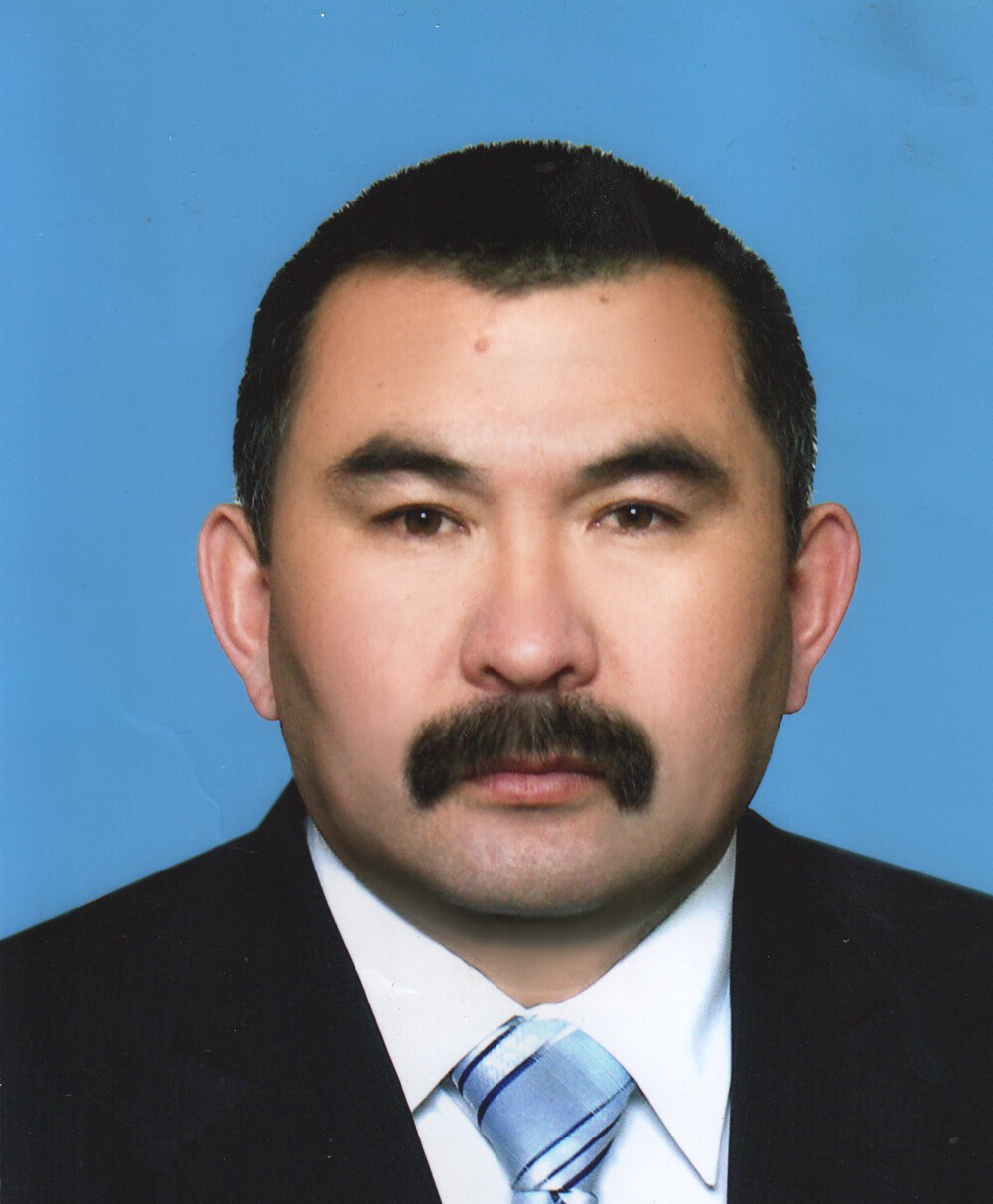About the project
Project Manager

Ussenbekov Yessengali
candidate of biological sciences, professor
Scopus Author ID: 56465995700
Researcher ID: rid93491
ORCID: https://orcid.org/0000-0001-9508-4179
Relevance
Information about the reproduction of camels continues to remain poorly understood and scattered. Some interesting features include seasonality of reproduction, delayed puberty, peculiar anatomy of the reproductive organs, mild estrus and estrous cycle, and induced ovulation pattern. Other interesting features include that pregnancy occurs exclusively in the left horn of the uterus, faster regression of the corpus luteum in the absence of pregnancy, early recognition of pregnancy by the mother, upward curling of the tail by the 15th day of pregnancy, diffuse separation of the placenta and a longer gestation period, 12-13 months. Ovulation inducing factor (OIF) is a protein present in camel seminal plasma that has recently been identified as nerve growth factor (NGF). It induces not only a high frequency of ovulation, but also has luteotrophic properties in camels. It should be noted that the use of OIF/NGF activates the function of the corpus luteum regardless of the size of the preovulatory follicle at the time of use.
Project objective
The goal of the project is to study the level of expression of genes regulating the processes of pregnancy recognition, progesterone secretion, embryo implantation, vascularization of the corpus luteum, the etiology of oocyte apoptosis using quantitative PCR, to determine changes in the concentration of sex hormones and the dynamics of follicle growth during the estrous cycle, to study the effectiveness of various schemes for using OIF for inducing ovulation in camels.
Expected and achieved results
For the first time in the Republic of Kazakhstan, the gene expression profile of IGF1, VEGFA, FOS, JUN, Β-ACTIN, which controls the processes of pregnancy recognition, embryo implantation, and the degree of vascularization of the corpus luteum, will be determined on Dromedary camels. The knowledge gained allows us to theoretically substantiate the method of induction of the estrous cycle and induction of ovulation in camels, the molecular mechanisms of pregnancy will be revealed, and the role of individual processes in the regulation of embryo implantation and the development of the placental system will be revealed. Important in the applied aspect is the development of methods for inducing ovulation in camels; for this purpose, the effectiveness of using the purified OIF fraction in the form of an intramuscular injection, intravaginal administration of seminal fluid plasma of ejaculate for inducing ovulation will be studied, information will be obtained on the effectiveness of using kisspeptin for inducing the estrous cycle and induction ovulation in camels. The theoretical results obtained on determining the hormonal profile of the stage of arousal of the camel sexual cycle will be used in the educational process of KazNARU.
Information for potential users
The project implementers can provide the following services: rectal diagnosis of pregnancy in camels, laboratory diagnosis of pregnancy in camels (determination of progesterone by the ELISA method), ultrasound diagnosis of ovarian pathology in camels.
Members of the research group
1.Koibagarov Kanat
Сandidate of veterinary sciences, Associate Professor
Scopus Author ID: 57204221875
ORCID: https://orcid.org/0000-0002-5639-1798
2.Turgumbekov Asset
PhD, Senior lecturer
ORCID: https://orcid.org/0000-0001-6205-909X
3.Кassymbekova Shinara
Сandidate of veterinary sciences, Seniorita lecturer
Scopus Author ID: 57202643050
Researcher ID: AAF-7874-2021
ORCID: https://orcid.org/0000-0003-2992-8817
4.Khizat Serik
master of veterinary science
ORCID: https://orcid.org/0000-0002-3364-7228
5.Muslimova Zhadyra
Master of Agricultural Sciences
ORCID: https://orcid.org/0000-0003-3485-7240
6.Terletskiy Valery
Doctor of Biological Sciences, Professor
Scopus Author ID: 35749360800
ORCID: https://orcid.org/0000-0003-4043-3823
